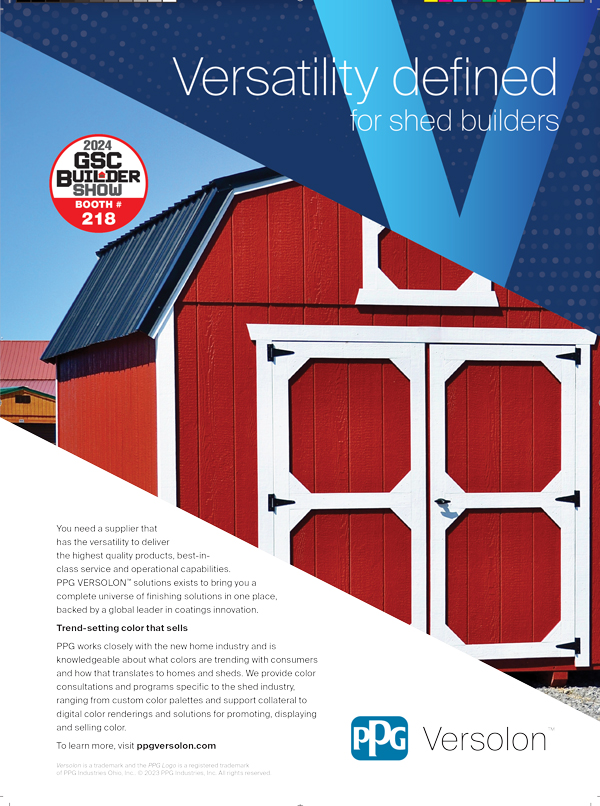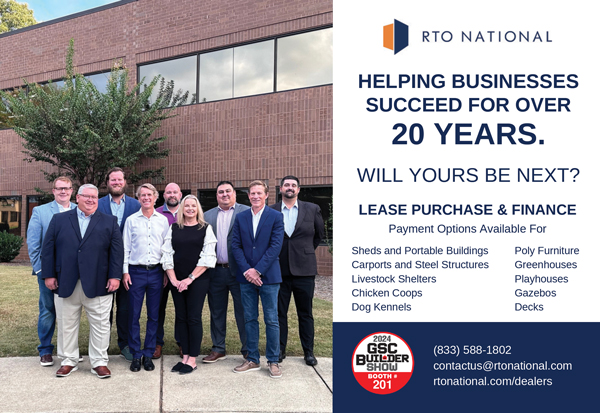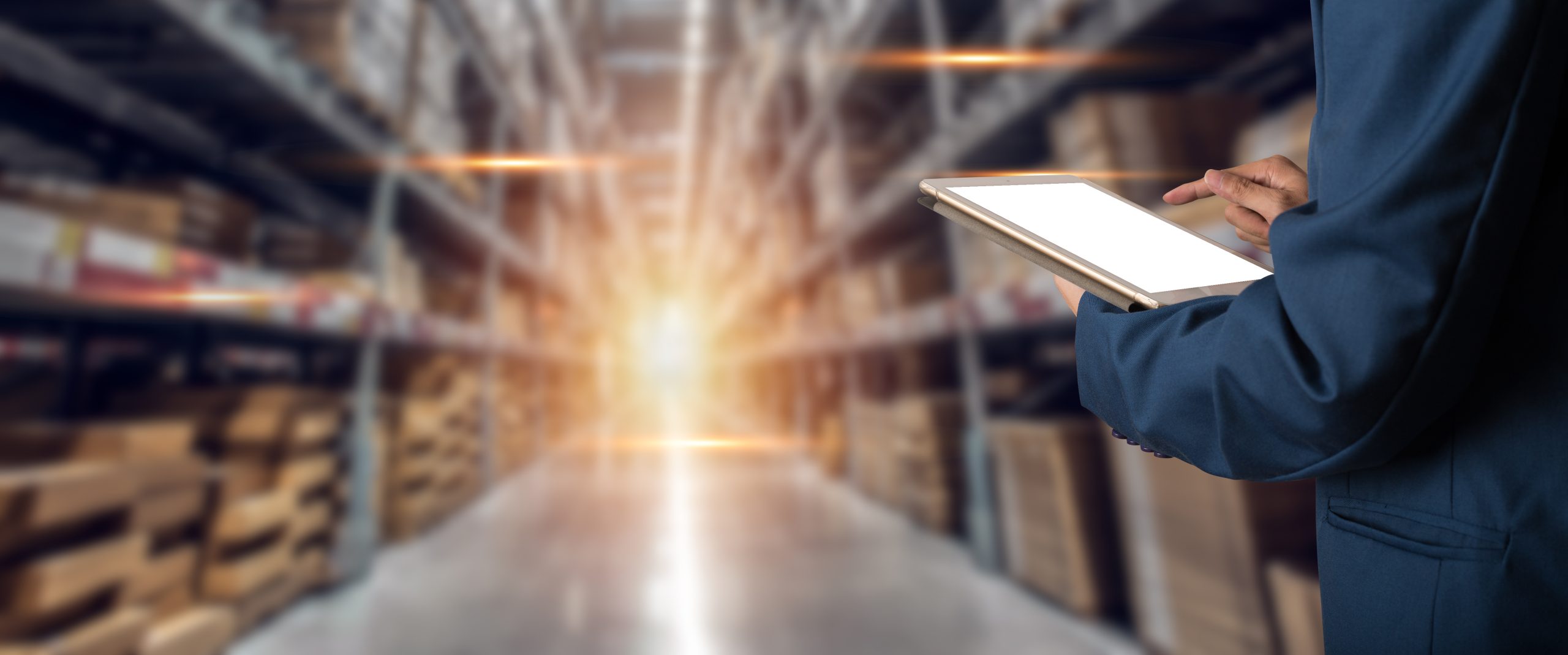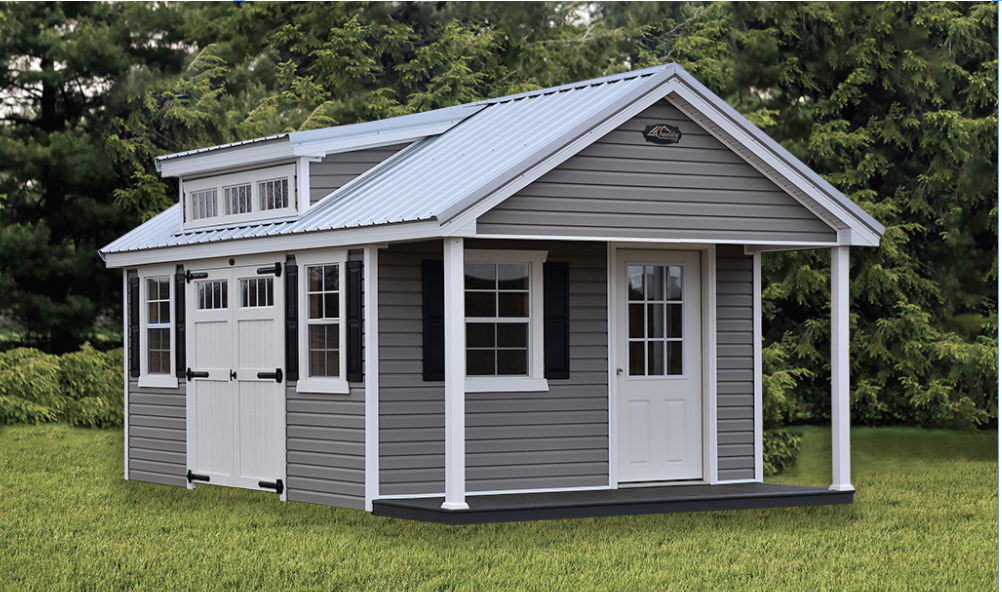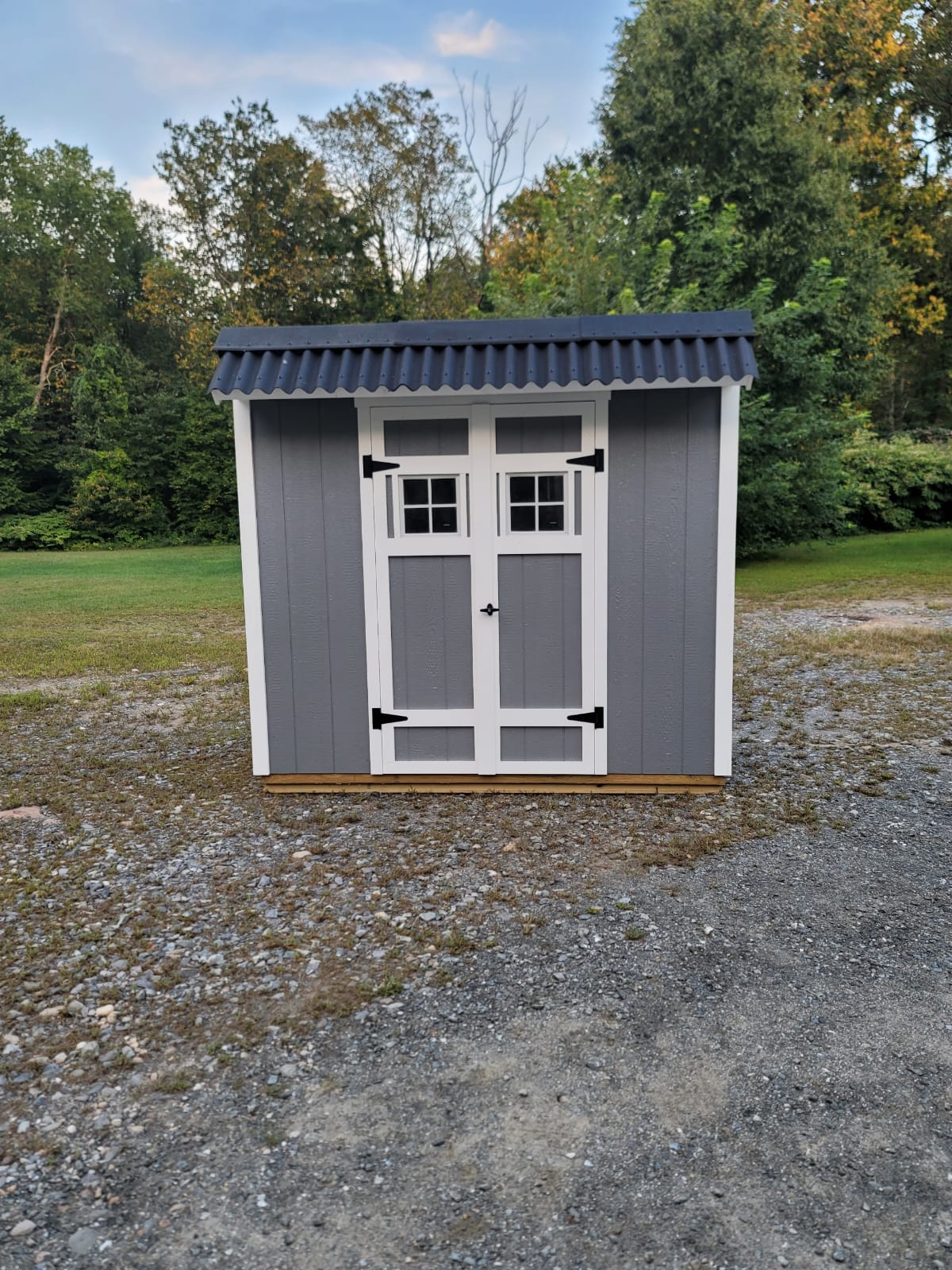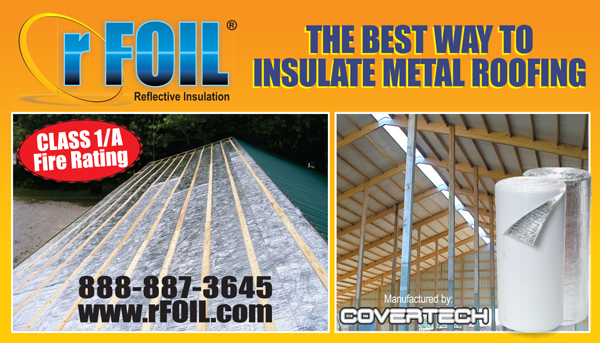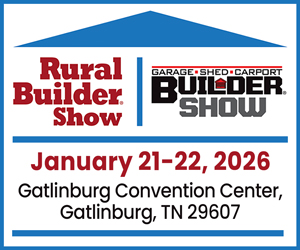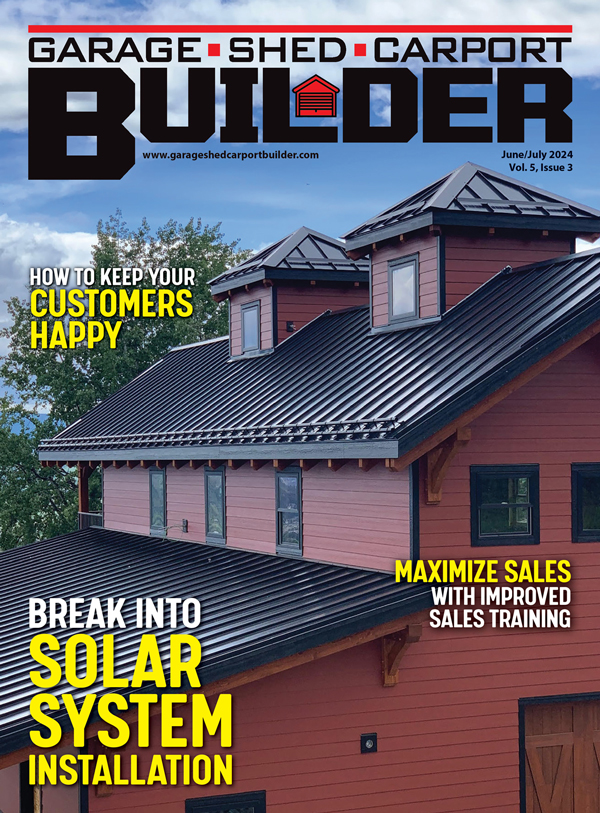By LP Outdoor Building Solutions
As concern for the health of our planet rises, many consumers look to sustainable living. They’re more eco-conscious than ever, and their preferences have begun to include sustainable building products for remodels, home additions and even sheds. Concurrently, the construction industry has begun to work toward greater sustainability and reduced impact on the environment, giving builders the opportunity to connect their clients with the sustainable products they want to use.
Manufacturers of shed materials can provide answers to your customers’ needs for sustainable options, providing a resourceful way for you to respond to this growing trend. In particular, engineered wood manufacturers offer a sustainable choice that helps your clients feel great about both the look of their sheds and their possible impact on the environment.
Let’s examine how you can connect eco-conscious customers with these options.
The State of the Construction Industry and Green Building
To understand how to answer your customers’ concerns about green shed building, it’s critical to take a look at the state of the construction industry in terms of its possible impact on the environment.
The construction industry, as a whole, consumes a significant amount of energy and material, which makes sustainability a challenge from the get-go. In fact, the industry accounts for almost 40% of the world’s carbon emissions collectively, per the World Green Building Council [www.worldgbc.org].
However, construction industry professionals are making great strides toward helping the industry become more environmentally friendly and aware through green building programs, greener manufacturing and more sustainable products.
On the consumer side, around 85% of people report they’ve shifted purchases toward more sustainable options within the past five years, according to Business Wire. While some generations are generally less concerned about eco-friendly products, almost two-thirds of people report being interested in sustainable products for construction.
It’s safe to say that sustainability is high on the list of many consumers’ concerns when it comes to making new purchases. Shed builders can bet those concerns will pop up when discussing shed builds with their clients. But how can you translate a customer’s desire to use eco-friendly products to the construction of their shed?
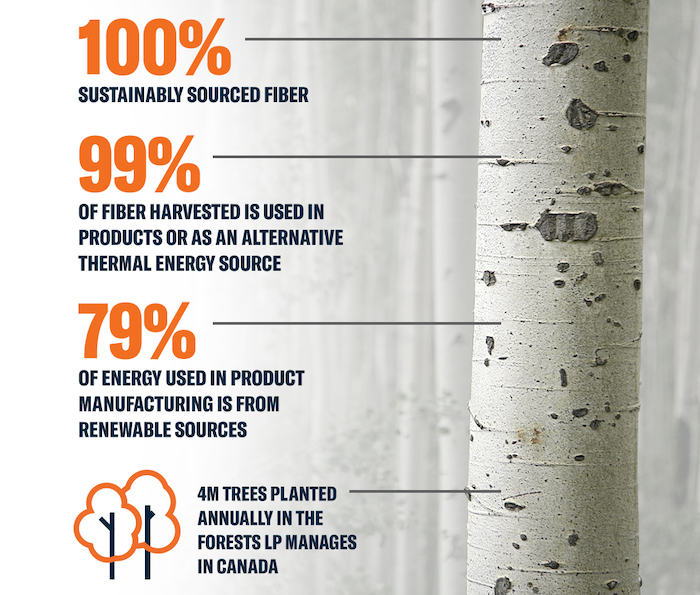
What Makes a Structure Eco-Friendly?
The World Green Building Council outlines a few characteristics of a structure that can help make it “greener” (or eco-friendly) [https://bit.ly/3JRHox4]. For example, green structures may use materials that are non-toxic, ethical and sustainable. The structures themselves may efficiently use energy or water through various components such as the way they’re built or the installation of water-efficient bathroom appliances. Even more, they may be built with products that are efficiently manufactured. Green buildings can vary widely, but overall they can help to eliminate negative impacts to the environment by using natural resources wisely.
While homes and other large structures, such as office buildings and hospitals, may be what comes to mind when you think about green building, even the smallest structures — such as sheds — can be built with eco-consciousness in mind when you consider reducing impact to the environment.
An Eco-Conscious Shed Choice: Engineered Wood
There are many materials you can use to achieve the look your customers want for their sheds — vinyl, metal and more — but not all offer the same eco-friendly characteristics that come with choosing engineered wood.
Engineered wood products may be deemed “environmentally sound” when they are sourced from sustainably managed forests in accordance with Sustainable Forestry Initiative® (SFI®) standards. Some manufacturers, including LP Building Solutions, also help ensure that all forests are regenerated and replanted to provide future generations with the resources they need. Replanting and regeneration help increase the number of younger trees, which sequester carbon at higher rates.
Ultimately, using engineered wood products can help make a positive contribution toward mitigating climate change.
Efficient and Eco-Friendly Manufacturing Processes
Engineered wood products for sheds may also be deemed “eco-conscious” when they are manufactured with efficiency and sustainability in mind. For example, at LP, 99% of each sourced log is used either in production of product or to power the plants in which those products are made. All binding agents and resins used in the process are low emitting as well.
In addition, the vast majority of what leaves the LP manufacturing facilities via emissions stacks is water vapor. The company captures almost all gaseous emissions so that the environment is minimally affected.
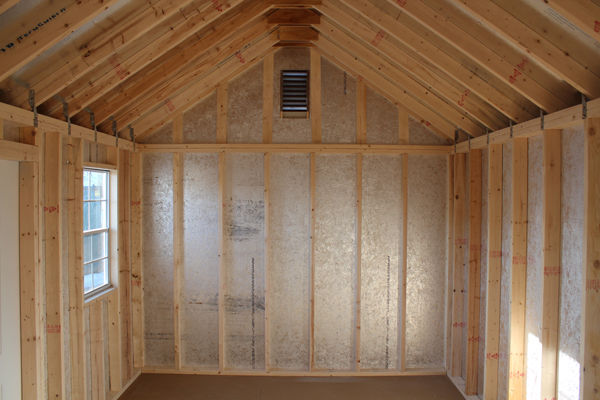
when sourced from sustainably managed forests.
Courtesy of LP Building Solutions.
Pairing Style with Eco-Friendly Choices
Engineered wood products aren’t only an eco-conscious choice — they can also help your customers get the look they want for their sheds when it comes to style. Because they can be used to achieve a variety of styles, engineered wood products (including siding) can be used on almost any shed design.
You may have customers looking for a cabin-like appearance for their shed, so siding that looks like traditional wood (with increased durability due to its engineered design) is a great fit. For those looking for a more modern take, engineered wood panel siding can be used to achieve the board and batten style.
Some customers may think they have to sacrifice style to use eco-friendly materials, but with engineered wood, that’s not the case. When a client is interested in trying a more sustainable option, you can steer them toward engineered wood — and reveal the beauty of the products to seal the deal.
Starting the Conversation About Eco-Conscious Materials
When you meet with a shed customer, you’ll likely cover many topics as you begin to plan their projects. For clients specifically interested in green building products, this topic will come up early. They will want to know how your process and materials choices stack up against green building standards. Here are a few strategies for navigating these conversations:
Ask Questions
Discover your customers’ expectations for their sheds. Aligning up front on what you will be able to deliver can help the process run more smoothly.
Focus on Their Priorities
When you combine budget with preferences, at times you may have to help your customers compromise. You can make the process easier for them by suggesting answers to their top priorities first and moving down the list.
Provide take-home information
Have materials on hand that your customers can take with them after your conversation. This will help them keep your business and materials choices top-of-mind while allowing them to think of further ideas to discuss at a later date.
And for the customers who don’t bring up sustainable choices as a priority, covering how your product selections come with minimal impact to the environment can still help build trust. It will show your clients that you’ve chosen materials thoughtfully and intentionally with regard not only to their shed project but to the environment overall.
Closing More Sales With an Eco-Conscious Choice
As a shed builder, keeping tabs on your customers’ concerns and interests is a critical part of your business. As eco-consciousness remains top of mind for many, offering sustainable shed-building materials can help you close more sales and gain future business with customers who are pleased with your work — and spread the word. GSCB



